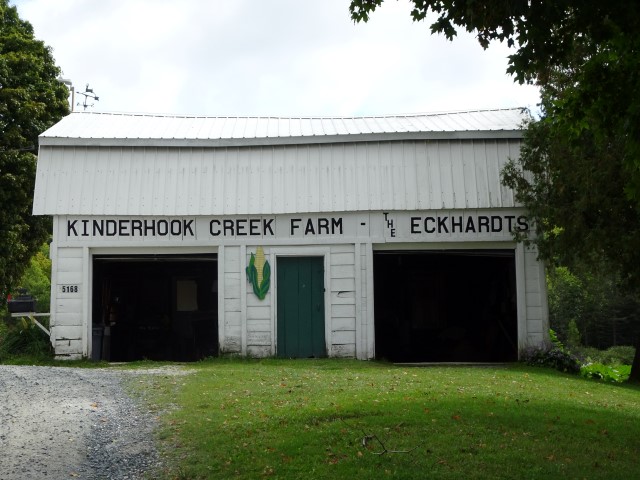Price Chopper teams up with Kinderhook Creek Farm to show some love to one of agriculture’s best vegetable families
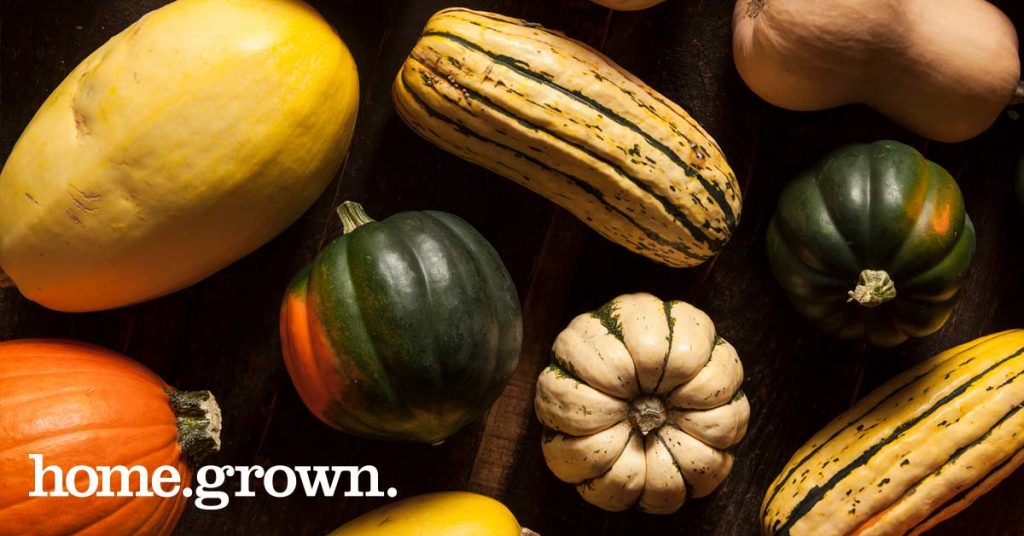
Winter squash lovers: This story is probably not for you, but if most squashes are a mystery to you, you’re in the right place. Does the thought of cooking one of those funny looking things that show up in your store’s produce department each September have you shedding tears of unfamiliarity? Have no fear: After this rundown you’ll be a winter squash heavyweight champ in the kitchen.
We’ve joined forces with our home.grown. farming comrades Heather and Larry Eckhardt at Kinderhook Creek Farm in Stephentown NY to spread the good word of winter squash. Below is a squash-by-squash breakdown!
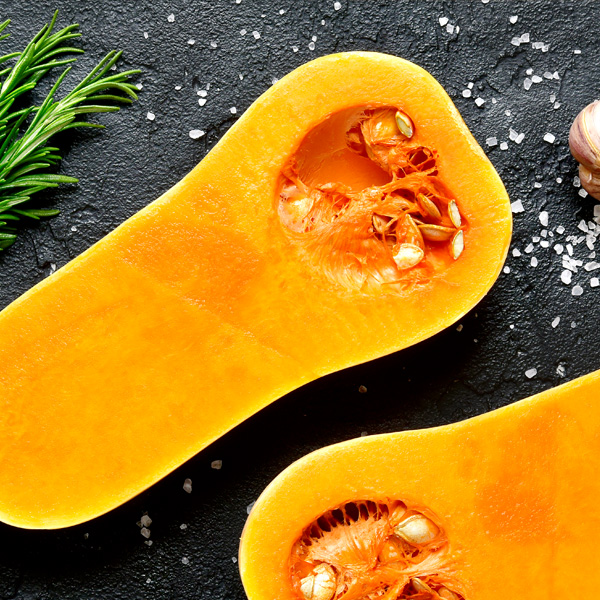
Butternut
Arguably the breadwinner of the winter squash household, butternut squash is pear-shaped with a creamy exterior color and bright orange flesh inside. Chances are, you’ve enjoyed something in the past that featured butternut squash without even realizing it. When used in baking, it has almost the same flavor as pumpkin! In the words of Heather Eckhardt: “Butternut is very versatile. We use it for roasting, in soups and for pureeing.”
A recipe to break the ice: Beef and Butternut Squash Stew
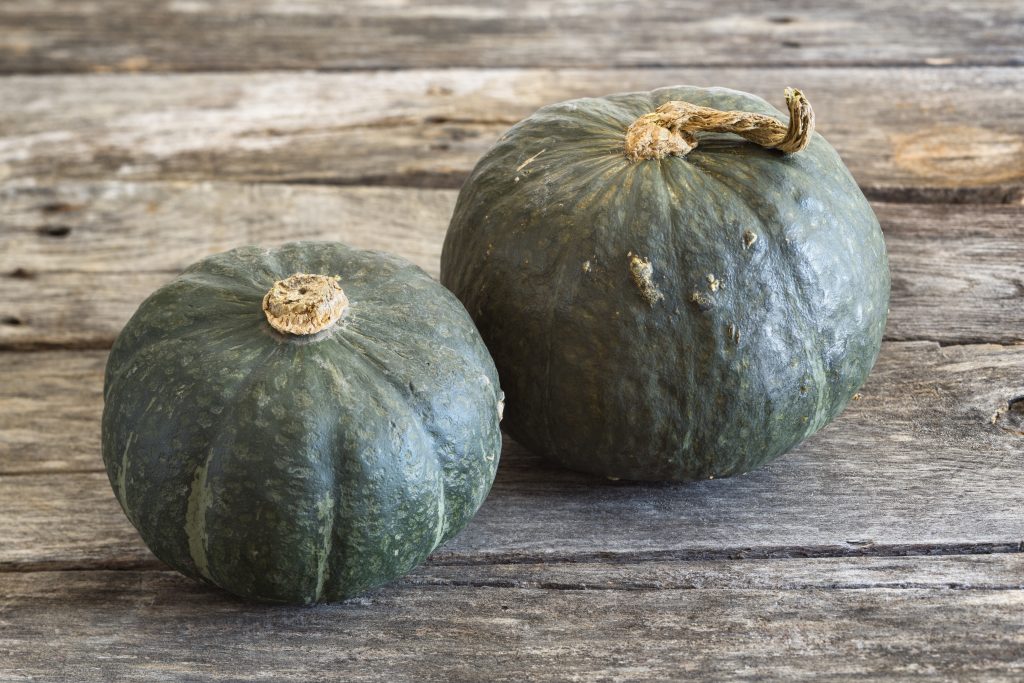
Buttercup
Similar name to butternut, and similar makeup, but with a slightly dryer meat inside and a slightly friendlier name. In our opinion, buttercup is best baked in the oven and then mashed.
A recipe to break the ice: Mashed Squash with Caramelized Onions

Acorn
Hopefully this one is easy to pick out. It’s shaped like an acorn! Acorn squash has a subtly nutty flavor, and unlike other winter squashes it has an edible skin. One of the best perks of winter squashes (like acorn squash) is the health benefits they provide: They’re a great source of vitamin A and C, potassium, and B vitamins and minerals, including copper and manganese. So, this puppy is acorn shaped AND it’s good for you!
A recipe to break the ice: Roasted Apple and Acorn Squash Soup
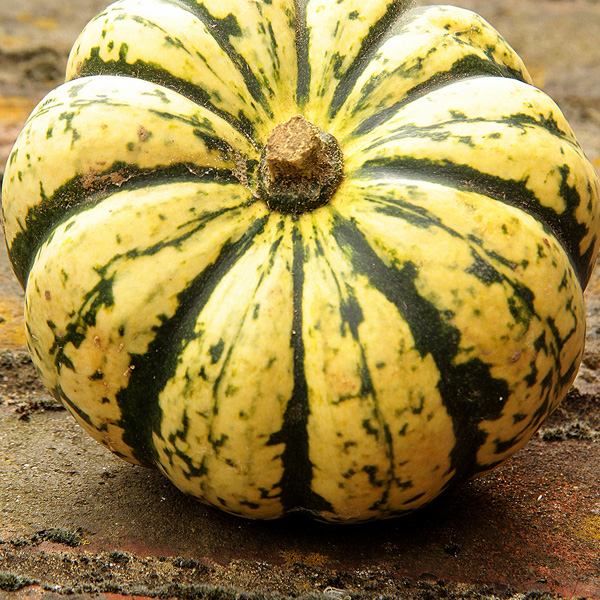
Sweet Dumpling
Sweet dumpling is “the cutest of the bunch” if you ask the folks at Kinderhook Creek Farm. And while it may be a nice touch propped up against a mum planter amongst your front porch decorations, it actually packs a lot of flavor when used in the kitchen. Its size is perfect for single-serve portions, stuffed and roasted in the oven. Cut it in half, scoop out the seeds and drizzle the meat of each half with maple syrup, then sprinkle brown sugar on top and bake.
A recipe to break the ice: Your best bet is described above. You’ll thank us later!
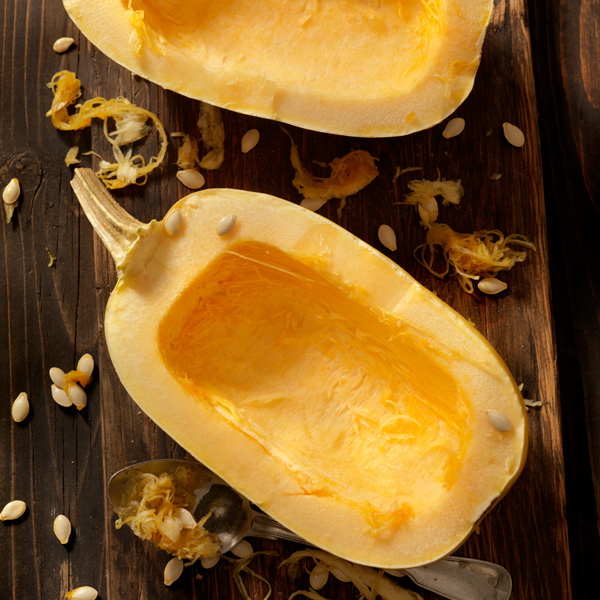
Spaghetti
Sorry to say it, but spaghetti squash doesn’t taste like spaghetti. However, this cylindrical squash has a tender, fragile texture that shapes out like spaghetti when cooked. It’s a great substitution for pasta. “Eat it as you’d eat spaghetti!” –Heather Eckhardt, Kinderhook Creek Farm’s resident squash expert.
A recipe to break the ice: Garlic Shrimp with Cilantro Spaghetti Squash
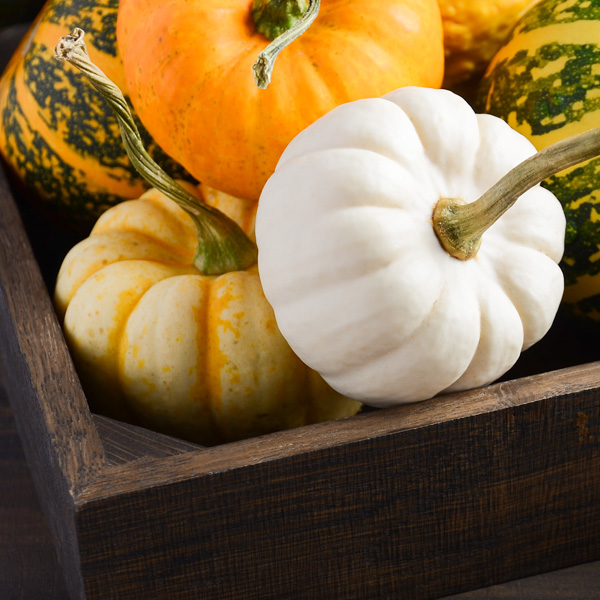
Gourd
We’ll skip the culinary inspo on this one! A long, long time ago gourds were consumed regularly, but these days they reside on front porches, bookshelves and anywhere else a fall decorator’s heart desires.
A recipe to break the ice: Place 2 gourds on your windowsill, add mini pumpkins as needed. Enjoy!
There you have it.
Hopefully with the help of our pals at Kinderhook Creek Farm we’ve dropped a good amount of knowledge on you in your quest for winter squash enlightenment. Butternut, acorn, sweet dumpling: you can’t go wrong. There are even more types of winter squash than the ones we described above: Maybe someday soon we’ll publish Squash Your Beef with Winter Squash Volume 2!
Best of luck in your future culinary endeavors with winter squash.
-Heather & Larry Eckhardt and the Price Chopper/Market 32 winter squash team
